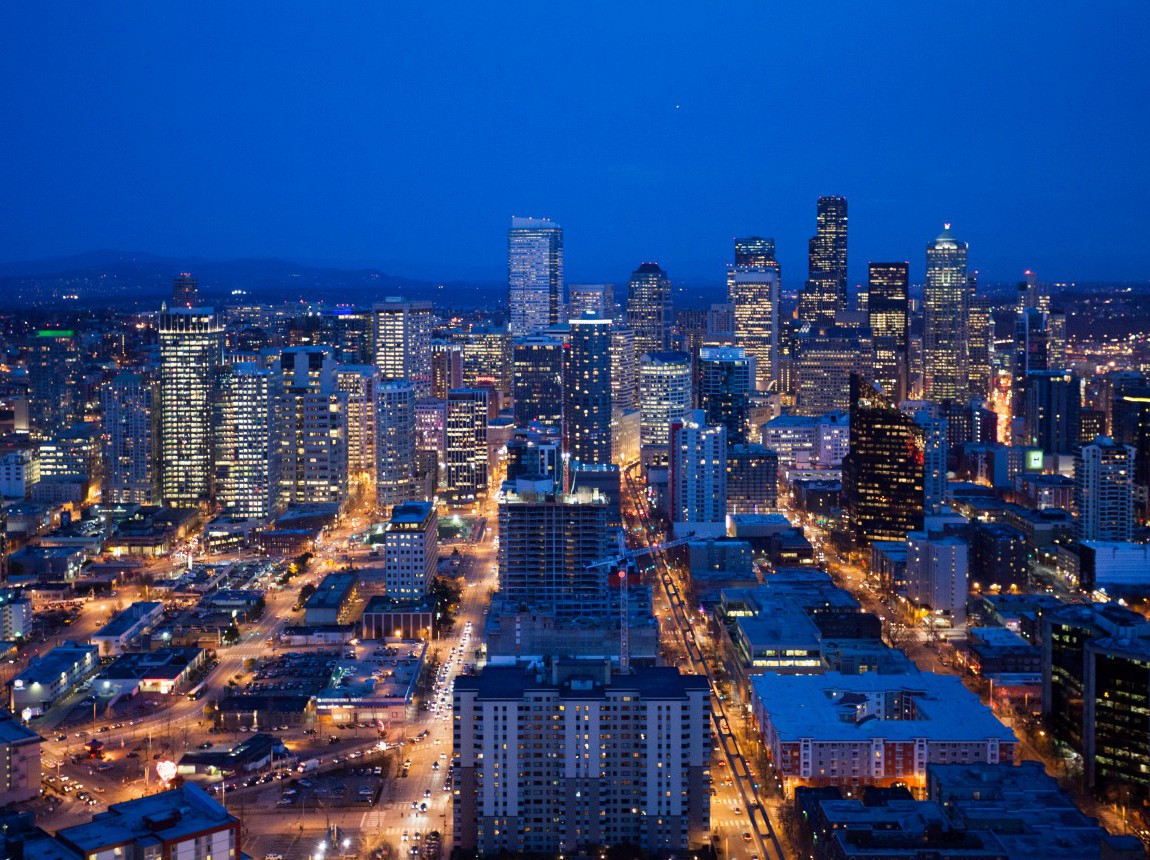Related

Nov 09,2015
Markets, Design, and the City
The Complete Reading List
by
The typical megacity (> 10MM residents) now covers more than 5,000 square kilometers. As urban labor markets continue to increase in size, urban trip patterns are increasingly composed of dispersed origins and destinations over longer distances. Even in megacities with highly developed urban centers, most commuting trips are from suburb to suburb. In New York, for example, only 24% of commuting trips are from a suburb into Manhattan or from somewhere in Manhattan to elsewhere in Manhattan. Most (74%) are from a suburb to a suburb. The remaining commuting trips are from Manhattan to a suburb.
The same trend is observed in large cities of Asia, Europe and Latin America. Because of the extension of suburbs, the average built-up densities of cities are declining everywhere. In this context of declining densities and increasing dispersion, traditional transit, including subway, bus rapid transit (BRT), and city buses are increasingly inefficient. These systems are capable of bringing a large number of commuters to and from concentrated zones of employment at rush hour. They are also efficient for trips within dense center cities — for instance, within Manhattan, within the municipal limits of Paris and Seoul, or within Shanghai city proper.
However, these systems cannot easily accommodate dispersed trips across metropolitan areas because of the weak demand for each specific commuting route. Indeed, efforts to expand the transit network to serve suburb to suburb trips are proving unsuccessful.
The map of metropolitan Shanghai below illustrates this point. The distance between Changzhou (on the left) and Shanghai (on the right) is 156 km as the crow flies. Bicycles, buses that stop every 300 meters, and metros that stop every kilometer cannot meet the demand for trips in this massive metropolitan area.

The increased flexibility of working hours in many professions is also serving to undermine the ability of transit to operate efficiently. Transit is often obliged to provide services at all times, leading to low occupancy outside of peak hours. As a result, buses in the US and UK now have carbon emissions per passengers/km that are higher than those generated by private cars.
For the ever-growing number of suburb-to-suburb trips in large metropolitan areas, traditional transit modes are therefore expensive to operate, inconvenient for users (longer trips with many transfers, infrequent service), and energy inefficient.
In future posts (here, here and here) we will explore how urban residents have responded to the problems of transit in dispersed megacities and a potential solution to these problems.
Tile image courtesy of cherryblossomwatch vis Flickr.
Please fill out the information below to receive our e-newsletter(s).
*Indicates required.